I am printing images on an Intermec PB51 using ESC/P language.
In the ESC V command specification, it says:
After the printer receives this command, the printer dumps the binary data supplied directly to the printhead. Graphics printed with this command must be the exact width of the printhead in bits.
The printhead query command (PH?) replies with a TD parameter that is documented as
TD: Total number of dots across the printhead.
When I send the printhead query command to my Intermec PB51, it responses with 0864 as the total number of dots, but when i use 864 as the printer width in my image printing function, the image is screwed up and (as I seem to send too many bytes, the printer is in an invalid state afterwards).
Choosing a value of 832 prints the image just fine. Now the question is, where are those extra 32 bits (4 bytes) coming from?
Below find an image print with hardcoding dotsAcross to 832

If I use 864, as the printer suggests, the output looks like this
